The great watering season of 2010...
firefightergardener
13 years ago
Related Stories

GARDENING GUIDESGreat Design Plant: Anemone Canadensis Adds Pizzazz to Water’s Edges
Plant Canadian anemone along pond, lake or stream edges for a splash of white flowers in late spring
Full Story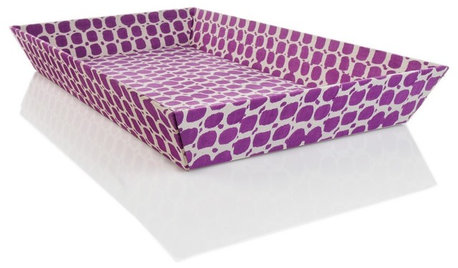
DECORATING GUIDES41 Great Gifts for Home Decor
Houzz Gift Guide 2010: Color, Fun and Style for the Rooms We Use Most
Full Story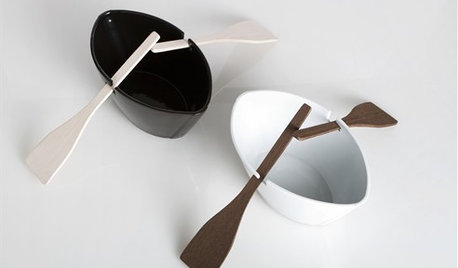
DINING ROOMS40 Great Gifts for Dining and Entertaining
Houzz Gift Guide 2010: Hot Ideas for Design-Loving Hosts
Full Story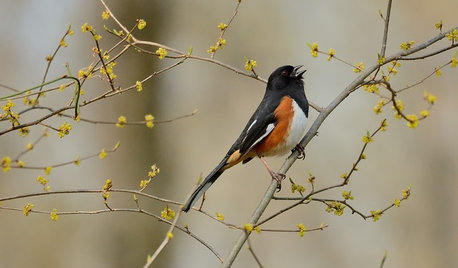
GARDENING GUIDESGreat Design Plant: Lindera Benzoin Offers 3-Season Interest
Support wildlife and enjoy the aromatic leaves of this U.S. native also known as spicebush, Benjamin bush and spicewood
Full Story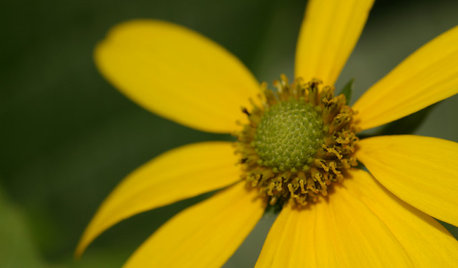
FLOWERS AND PLANTSRudbeckia Laciniata Enlivens Late-Season Shady and Sunny Sites
Give long-blooming, towering cutleaf coneflower room to spread in U.S. gardens for maximum rewards
Full Story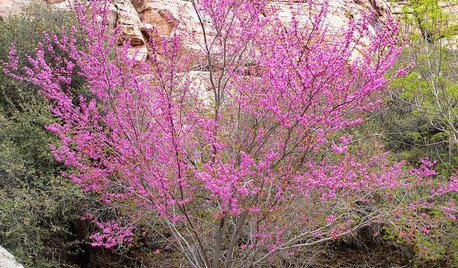
TREESGreat Design Plant: Cercis Occidentalis for Four Seasons
Plant western redbud in drought-tolerant and habitat gardens for its outstanding beauty throughout the year
Full Story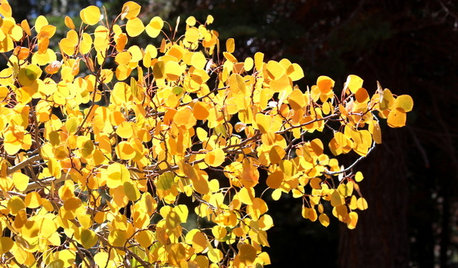
LANDSCAPE DESIGNGreat Design Plant: Quaking Aspen for 3-Season Beauty — on Its Own Turf
It offers bright fall foliage, snowy winter bark and lush green leaves in summer. Just don't try to plant quaking aspen away from its home
Full Story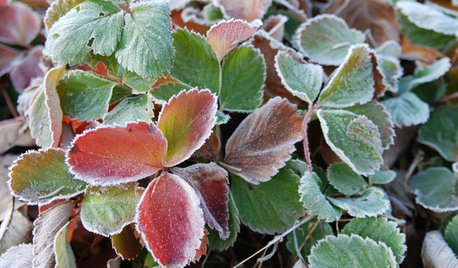
GARDENING GUIDESGreat Design Plant: Strawberries for All Seasons
An edible carpet? It's possible with a mass planting of this tough ground cover
Full Story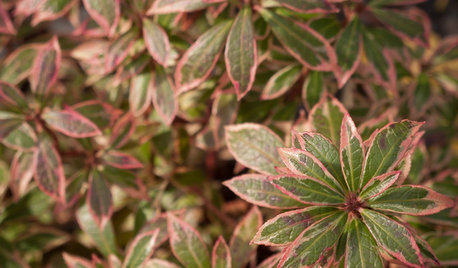
GARDENING GUIDESGreat Design Plant: Little Heath Andromeda Brings 4-Season Color
Rosiness in the cool months and fragrant white flowers in spring help make this shrub a winner — and hummingbirds love it too
Full Story
GREAT HOME PROJECTSHow to Add a Solar Water Heater
Lower energy bills without a major renovation by putting the sun to work heating your home’s water
Full StoryMore Discussions






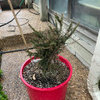

Cher
tsugajunkie z5 SE WI ♱
Related Professionals
Brentwood Landscape Architects & Landscape Designers · Chattanooga Landscape Architects & Landscape Designers · Ferndale Landscape Architects & Landscape Designers · Brookline Landscape Contractors · Hawaii Landscape Contractors · Lake Worth Landscape Contractors · Longmont Landscape Contractors · Newnan Landscape Contractors · Overland Park Landscape Contractors · Santa Ana Landscape Contractors · Smyrna Landscape Contractors · Wallingford Landscape Contractors · West Palm Beach Landscape Contractors · White Bear Lake Landscape Contractors · Greenfield Landscape Contractorssalicaceae
firefightergardenerOriginal Author
toucanjoe
firefightergardenerOriginal Author
hogmanay
wisconsitom
toucanjoe
dcsteg
firefightergardenerOriginal Author
lou_spicewood_tx